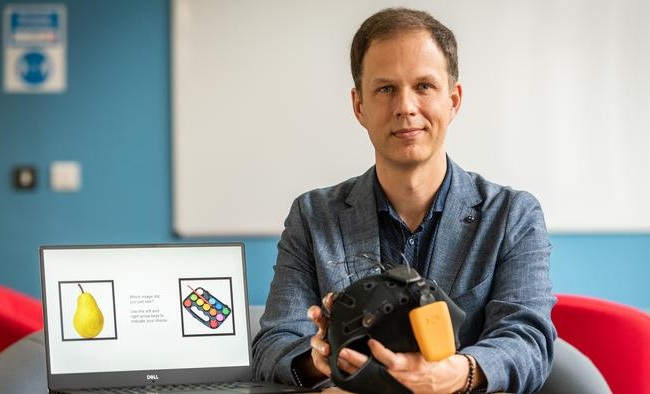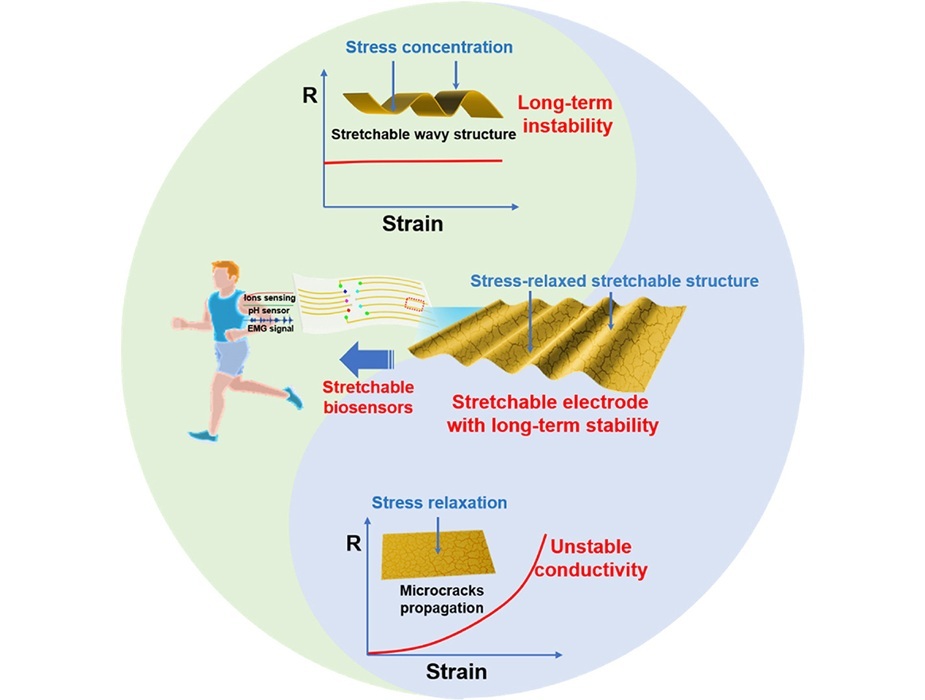Portable Blood Ammonia Detector Developed
|
By HospiMedica International staff writers Posted on 04 Aug 2020 |
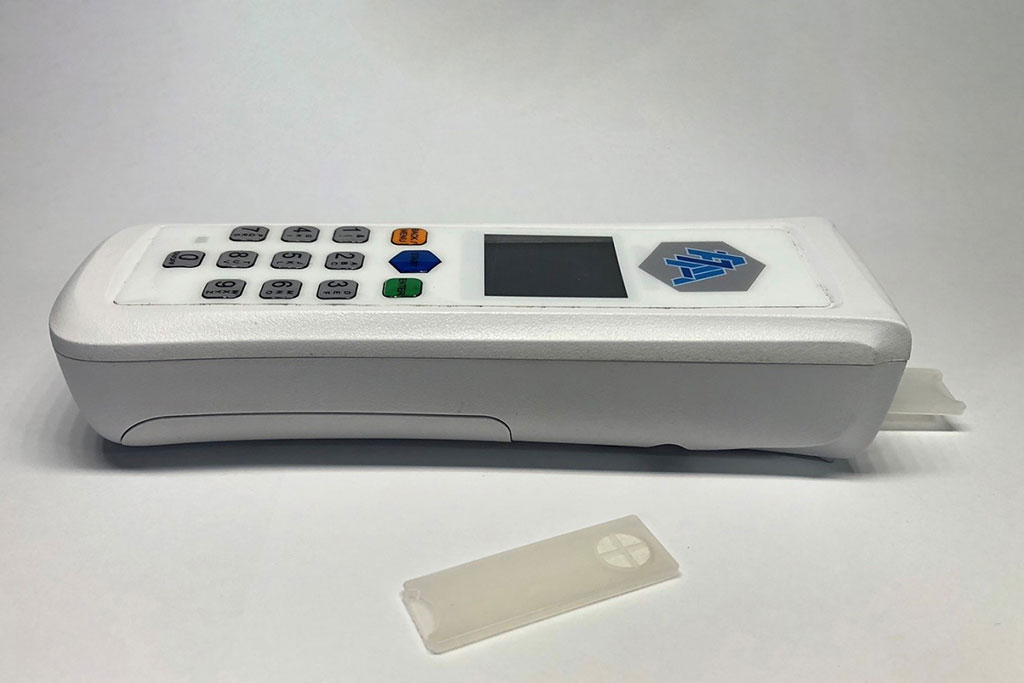
Image: A prototype of the handheld ammonia blood detector and associated test strips (Photo courtesy of Thomas Veltman).
Ammonia is a natural product of digestion that is usually processed into urea by the liver and passed out of the body in urine. Too much ammonia in the blood can cause mental and physical dysfunction and is a concern for people with liver disease or genetic conditions that hinder ammonia metabolism.
Effective treatments exist, but preventing permanent neurological sequelae requires rapid, accurate, and serial measurements of blood ammonia. Standard methods require volumes of 1 to 3 mL, centrifugation to isolate plasma, and a turn-around time of two hours. Collection, handling, and processing requirements mean that community clinics, particularly those in low resource settings, cannot provide reliable measurements.
Biochemists at Stanford University (Stanford, CA, USA) developed a method to measure ammonia from small-volume whole blood samples in two minutes. The method alkalizes blood to release gas-phase ammonia for detection by a fuel cell. The device requires about one drop of blood, less than 1% of the blood for the standard test, and thus can be obtained with a small finger or earlobe prick. The device itself is about the size of a television remote and, as with a glucometer, the blood drops are dabbed onto a test strip that is inserted into one end.
While the sensor inside the device is very similar to existing ammonia sensors (used to detect toxic ammonia gas in industrial settings), the test strips are made from scratch. Blood applied to a small hole at one end of the strip zips through a microscopic channel and sinks into a paper-lined well at the opposite end, which is coated with an inexpensive chemical that liberates the ammonia from the sample. Inside the device, this well sits directly under the ammonia sensor. The device was tested on both adult and pediatric blood samples and showed a strong correlation with an academic clinical laboratory for plasma ammonia concentrations up to 500 μM (16 times higher than the upper limit of normal).
Natalia Gomez-Ospina, MD, PhD, an assistant professor of pediatrics and co-author of the paper, said, “I've spoken with families who have children with metabolic diseases about having this kind of device and it makes them emotional because, for them, the consequences of not getting ammonia checked accurately and quickly are so severe. For these families, it could be life-changing.” The study was published on June 15, 2020 in the journal ACS Sensors.
Related Links:
Stanford University
Effective treatments exist, but preventing permanent neurological sequelae requires rapid, accurate, and serial measurements of blood ammonia. Standard methods require volumes of 1 to 3 mL, centrifugation to isolate plasma, and a turn-around time of two hours. Collection, handling, and processing requirements mean that community clinics, particularly those in low resource settings, cannot provide reliable measurements.
Biochemists at Stanford University (Stanford, CA, USA) developed a method to measure ammonia from small-volume whole blood samples in two minutes. The method alkalizes blood to release gas-phase ammonia for detection by a fuel cell. The device requires about one drop of blood, less than 1% of the blood for the standard test, and thus can be obtained with a small finger or earlobe prick. The device itself is about the size of a television remote and, as with a glucometer, the blood drops are dabbed onto a test strip that is inserted into one end.
While the sensor inside the device is very similar to existing ammonia sensors (used to detect toxic ammonia gas in industrial settings), the test strips are made from scratch. Blood applied to a small hole at one end of the strip zips through a microscopic channel and sinks into a paper-lined well at the opposite end, which is coated with an inexpensive chemical that liberates the ammonia from the sample. Inside the device, this well sits directly under the ammonia sensor. The device was tested on both adult and pediatric blood samples and showed a strong correlation with an academic clinical laboratory for plasma ammonia concentrations up to 500 μM (16 times higher than the upper limit of normal).
Natalia Gomez-Ospina, MD, PhD, an assistant professor of pediatrics and co-author of the paper, said, “I've spoken with families who have children with metabolic diseases about having this kind of device and it makes them emotional because, for them, the consequences of not getting ammonia checked accurately and quickly are so severe. For these families, it could be life-changing.” The study was published on June 15, 2020 in the journal ACS Sensors.
Related Links:
Stanford University
Latest Technology News
Channels
Critical Care
view channel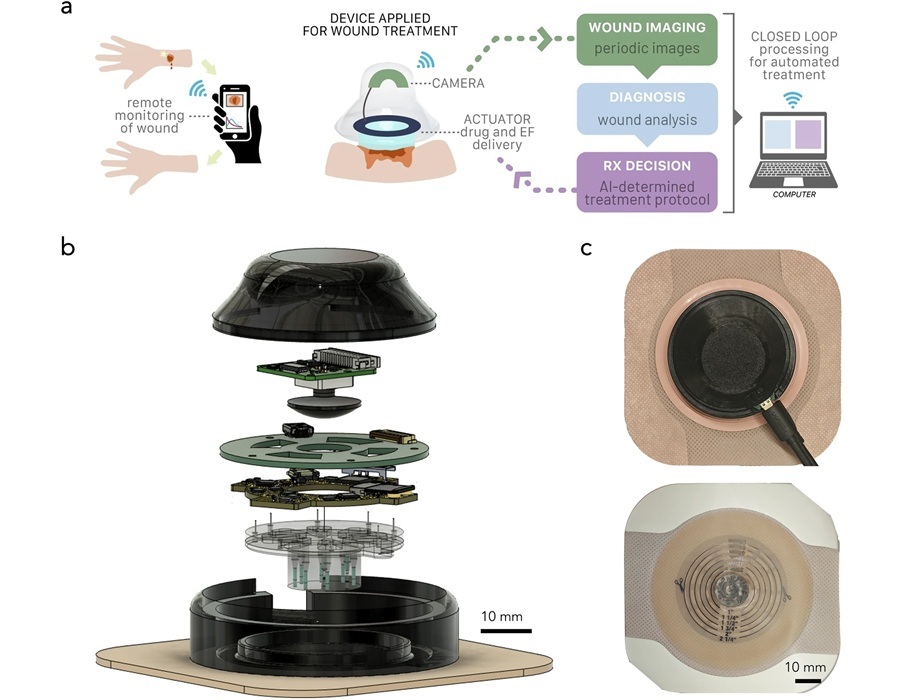
Wearable ‘Microscope in a Bandage’ Fastens Wound Healing
Wound healing is a complex biological process that moves through stages, including clotting, immune response, scabbing, and scarring. For many patients, especially those in remote areas or with limited... Read more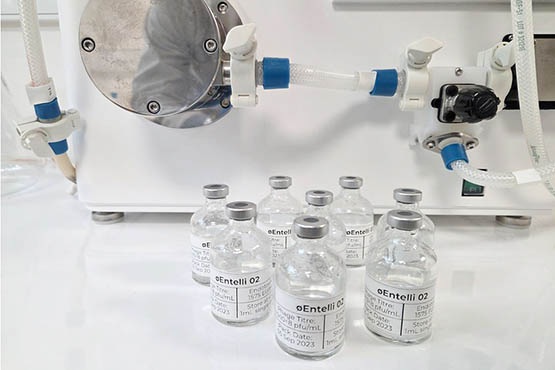
Virus Cocktail to Combat Superbugs Offers New Precision Medicine Approach for Hospitals Battling AMR
Antimicrobial resistance is one of the most pressing challenges in modern medicine, making once-treatable infections increasingly lethal. Enterobacter infections, for example, are difficult to treat and... Read moreSurgical Techniques
view channel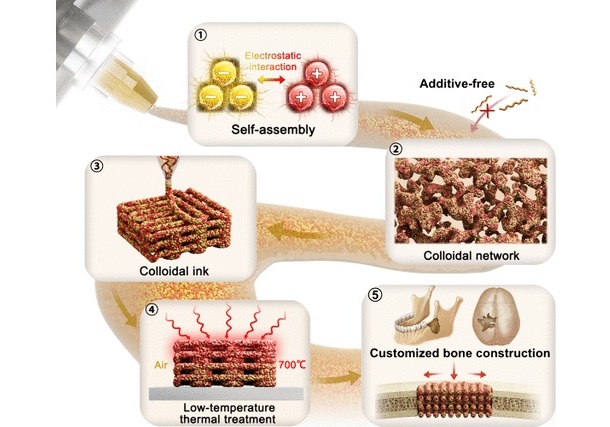
3D Printable Bio-Active Glass Could Serve as Bone Replacement Material
Glass may not seem like a natural choice for replacing bone, yet the two materials share surprising similarities in structure and strength. Bone and glass both bear weight more effectively than they withstand... Read more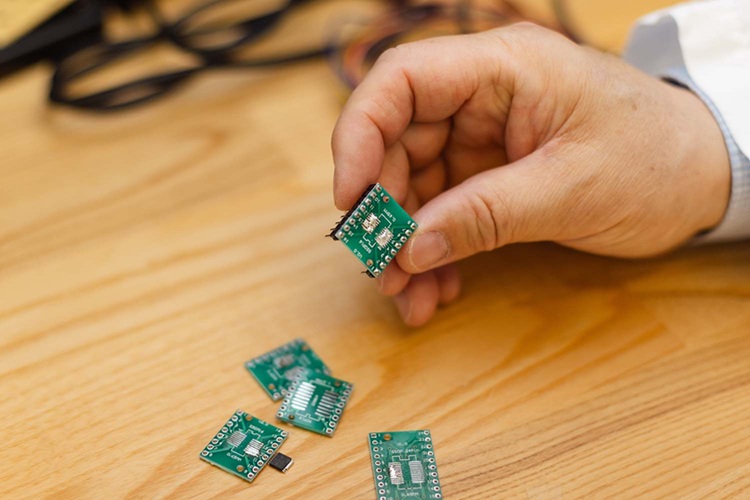
Micro Imaging Device Paired with Endoscope Spots Cancers at Earlier Stage
Digestive system cancers are among the most common cancers, with hundreds of thousands of new cases and deaths reported annually in the United States. Standard endoscopy, the main diagnostic method for... Read more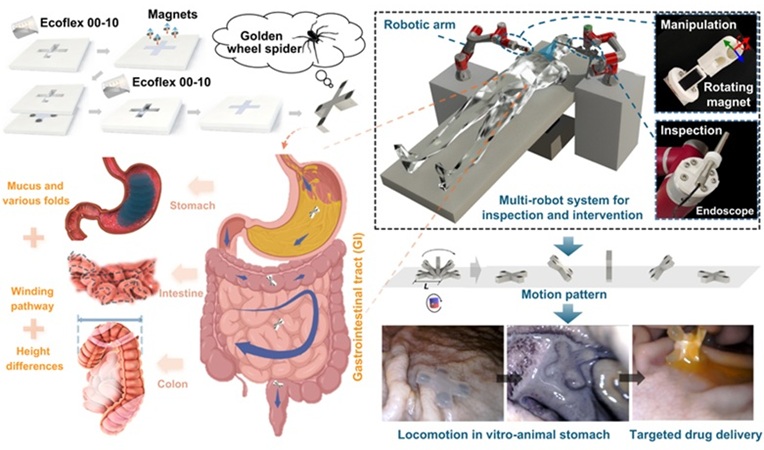
Spider-Inspired Magnetic Soft Robots to Perform Minimally Invasive GI Tract Procedures
The gastrointestinal (GI) tract is vital for digestion, nutrient absorption, and waste elimination, but it is also prone to cancers and other serious conditions. Standard endoscopy is widely used for diagnosis... Read morePatient Care
view channel
Revolutionary Automatic IV-Line Flushing Device to Enhance Infusion Care
More than 80% of in-hospital patients receive intravenous (IV) therapy. Every dose of IV medicine delivered in a small volume (<250 mL) infusion bag should be followed by subsequent flushing to ensure... Read more
VR Training Tool Combats Contamination of Portable Medical Equipment
Healthcare-associated infections (HAIs) impact one in every 31 patients, cause nearly 100,000 deaths each year, and cost USD 28.4 billion in direct medical expenses. Notably, up to 75% of these infections... Read more
Portable Biosensor Platform to Reduce Hospital-Acquired Infections
Approximately 4 million patients in the European Union acquire healthcare-associated infections (HAIs) or nosocomial infections each year, with around 37,000 deaths directly resulting from these infections,... Read moreFirst-Of-Its-Kind Portable Germicidal Light Technology Disinfects High-Touch Clinical Surfaces in Seconds
Reducing healthcare-acquired infections (HAIs) remains a pressing issue within global healthcare systems. In the United States alone, 1.7 million patients contract HAIs annually, leading to approximately... Read moreHealth IT
view channel
Printable Molecule-Selective Nanoparticles Enable Mass Production of Wearable Biosensors
The future of medicine is likely to focus on the personalization of healthcare—understanding exactly what an individual requires and delivering the appropriate combination of nutrients, metabolites, and... Read moreBusiness
view channel
Philips and Masimo Partner to Advance Patient Monitoring Measurement Technologies
Royal Philips (Amsterdam, Netherlands) and Masimo (Irvine, California, USA) have renewed their multi-year strategic collaboration, combining Philips’ expertise in patient monitoring with Masimo’s noninvasive... Read more
B. Braun Acquires Digital Microsurgery Company True Digital Surgery
The high-end microsurgery market in neurosurgery, spine, and ENT is undergoing a significant transformation. Traditional analog microscopes are giving way to digital exoscopes, which provide improved visualization,... Read more
CMEF 2025 to Promote Holistic and High-Quality Development of Medical and Health Industry
The 92nd China International Medical Equipment Fair (CMEF 2025) Autumn Exhibition is scheduled to be held from September 26 to 29 at the China Import and Export Fair Complex (Canton Fair Complex) in Guangzhou.... Read more











